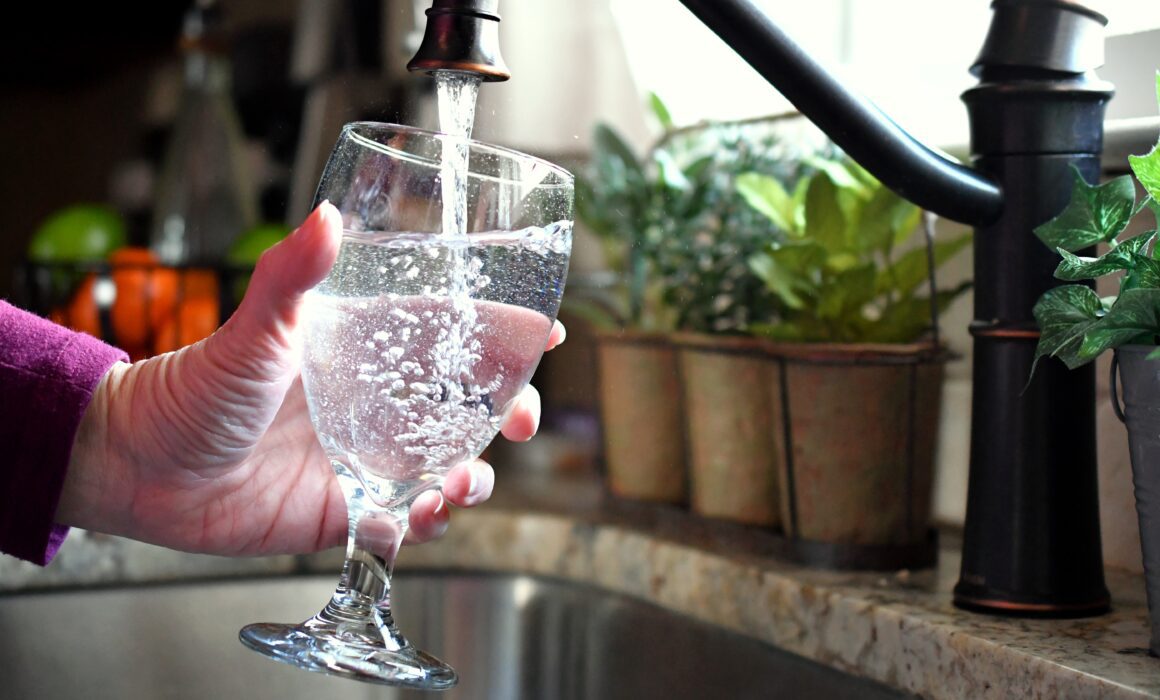Ensuring Safe Drinking Water: A Closer Look at Recent CDC Findings and Preventative Measures
In the landscape of public health and safety, the quality of drinking water remains a paramount concern. Despite the United States boasting one of the safest public water systems globally, recent findings from the Centers for Disease Control and Prevention (CDC) cast a shadow of concern. An analysis revealed that between 2015 and 2020, over two dozen states voluntarily reported a total of 214 outbreaks of intestine-related diseases linked to drinking water, leading to at least 2,140 cases of illness, 563 hospitalizations, and 88 tragic deaths.
A significant contributor to these outbreaks has been identified as biofilms—a slimy aggregation of waterborne pathogens, including bacteria, fungi, and amoebas. These biofilms provide a conducive environment for pathogens to thrive and proliferate, leading to waterborne diseases. Legionella bacteria, often found within these biofilms, emerged as the primary culprit, accounting for 37% of the illnesses and nearly all hospitalizations and deaths from these outbreaks. This bacterium can cause Legionnaires’ disease, a serious lung infection with a notably high mortality rate for those infected.
The CDC’s report highlighted outbreaks across various states, with Illinois, Florida, Georgia, and Maryland reporting the highest numbers—all primarily linked to Legionella. Interestingly, the majority of cases were associated with healthcare facilities, hotels, and private residences, underscoring the diverse risk environments.
This situation signals a critical need for enhanced water surveillance, prevention, and outbreak response programs to mitigate such risks. The CDC’s findings emphasize the importance of diligent water system management, especially in facilities like hospitals and hotels where the population may be more susceptible to infections.
Practical Tips for Safer Drinking Water at Home
Given these insights, it’s natural to question the safety of tap water. While the U.S. has over 148,000 public water systems adhering to strict Environmental Protection Agency regulations, the possibility of contamination remains. The CDC and health experts suggest several measures to safeguard against waterborne pathogens:
- Boiling Water: Boil water for 1-3 minutes and allow it to cool before using it for drinking, cooking, or any other consumption. This simple method is effective in killing most pathogens.
- Using Water Filters: Opt for water filters certified as “NSF 53” or “NSF 58.” Filters with an absolute pore size of 1 micron or smaller can also efficiently remove contaminants. This is particularly crucial for households with immunocompromised individuals.
- Purchasing Distilled or Sterile Water: For medical devices that require water, such as CPAP machines, nasal irrigation systems, or for cleaning contact lenses, distilled or sterile water is recommended to prevent infection.
- Regular Maintenance: Regular cleaning and maintenance of water-using appliances and fixtures, such as faucets and showerheads, can prevent the buildup of harmful biofilms and reduce the risk of Legionella growth.
Conclusion
The CDC’s analysis serves as a reminder of the critical need for vigilant water quality monitoring and the implementation of robust public health measures. By adopting recommended practices, individuals can significantly reduce their risk of exposure to harmful waterborne pathogens. Alpha Water & Power remains committed to providing resources and solutions to ensure the safety and quality of drinking water, reinforcing our dedication to public health and safety.

